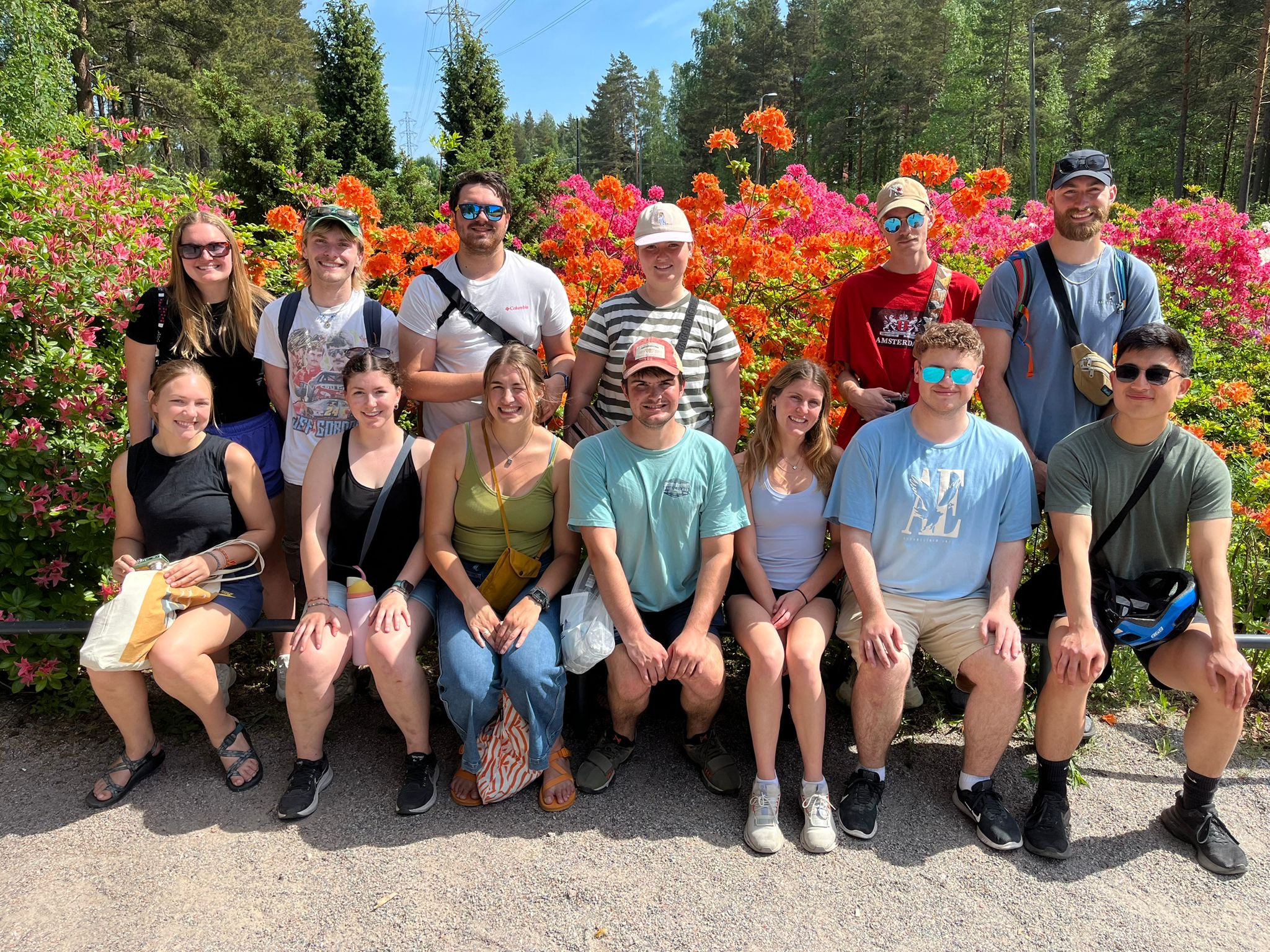Thrift Stores in a Circular Economy
Calvin Goodwin
Introduction to Circular Economy
The concept of a circular economy is about reducing waste and making the most of resources. Unlike a linear economy, where we take resources from the environment, make products from these resources, use these products, and dispose of products, a circular economy keeps products and materials in use for as long as possible. This involves rethinking how we design, use, and dispose of products. During my travels in Finland and Estonia, I saw firsthand how this idea is put into practice.
In Finland and Estonia, thrift stores are everywhere. This makes it easy to buy and donate used items, promoting a culture of reuse and recycling. No matter where I was in the city, it always seemed as if I could open my maps app and find a thrift store that was just around the corner. This shows how important reusing and recycling is in these countries. The abundance of thrift stores also highlights the difference between a circular and linear economy.
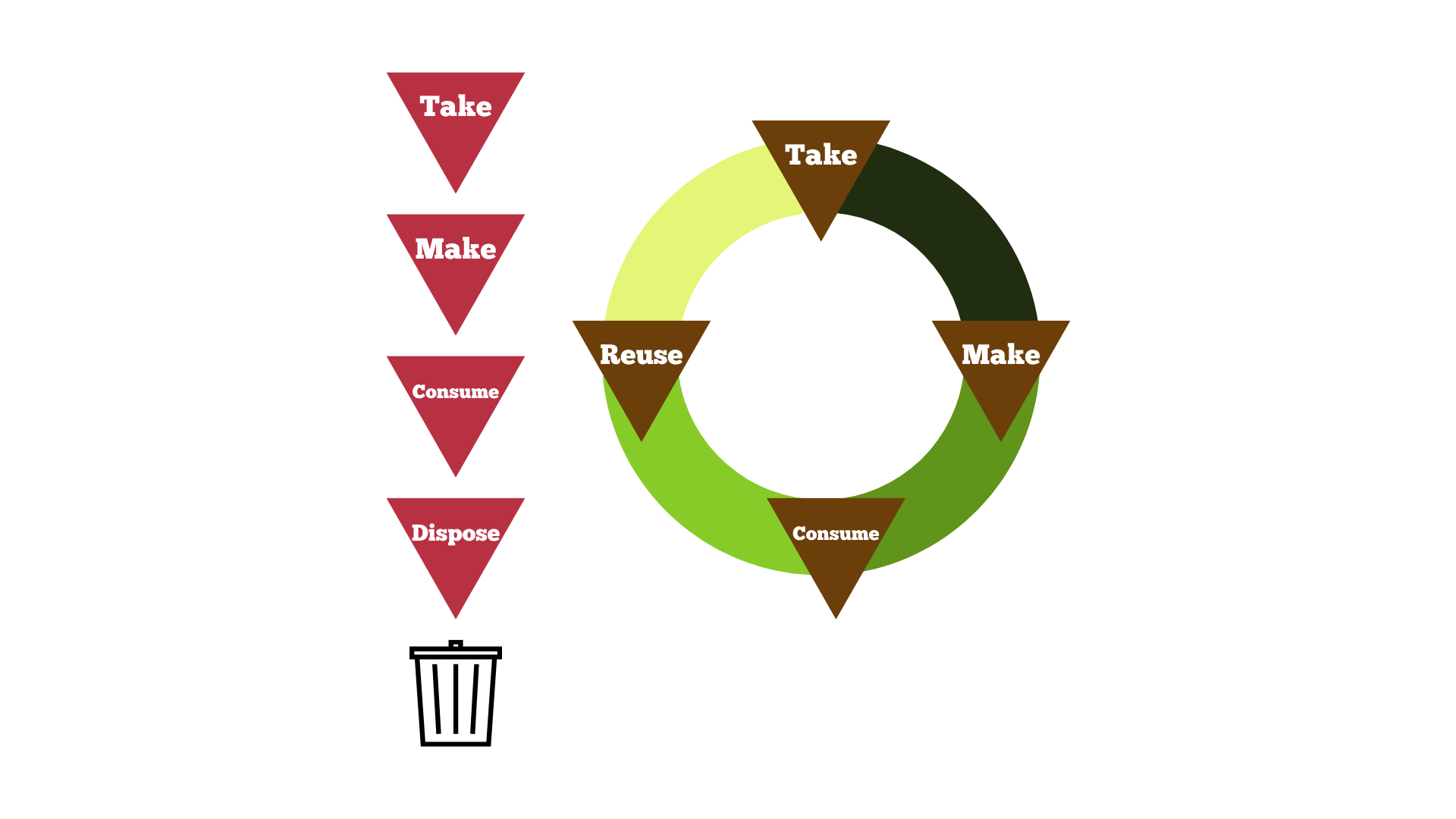
In a linear economy, products are created from raw materials, used, and then discarded as waste. This process leads to significant waste and environmental degradation. In contrast, a circular economy emphasizes the importance of keeping products, components, and materials at their highest utility and value at all times. This can be achieved through strategies like designing for longevity, maintaining, reusing, refurbishing, and recycling products and materials.
Role of Thrift Stores
Thrift stores play a crucial role in a circular economy by extending the life of products and reducing the need for new ones. During my visits to various thrift stores, I noticed that smaller stores often cater more to women's clothing. Popular items included graphic tees with metal logos and a lot of denim. I also noticed that graphic tees and denim seemed like a common outfit for young adults. The customer demographic in thrift stores I went to ranged from early twenties to late thirties, but I saw people of all ages shopping there.
The staff at these stores were always kind and helpful. I had a conversation with a staff member at an UFF store who explained that they have donation centers where clothes are collected and then distributed to different stores across the city. He also mentioned that nothing donated is wasted; everything is either sold or recycled. This approach aligns perfectly with the principles of a circular economy, ensuring that materials are kept in use for as long as possible.
UFF stores are fully non-profit, with all proceeds going towards environmental initiatives. This makes shopping there not only a way to find unique items but also a way to support a good cause. Learning about the behind-the-scenes operations of these stores gave me a deeper appreciation for the effort that goes into maintaining a circular economy.
Environmental Benefits
Thrift stores help the environment by reducing waste and conserving resources. By reusing clothes and other items, less new stuff needs to be made. This saves resources and reduces pollution. Even in Finland and Estonia, I noticed that fast fashion is still very much popular. There are so many H&M's around, one of the biggest examples of fast fashion. The abundance of thrift stores shows that people care about moving away from fast fashion, but it is going to be difficult with how deep the roots of fast fashion have become. In Finland and Estonia, it's clear that people care about these issues. I saw many busy thrift stores, with families and young people all finding great deals and helping the planet at the same time.
One thing that happened while we were in Finland was a day called "cleaning day." It was essentially an entire day where there is a city wide thrift sale, with people set up in parks and market areas selling their used goods instead of disposing of them. I found a very nice film camera for a good deal on this day and Nate found some Ray-Bans for a steal. I really like how it seems like the whole community is out selling their used goods that they no longer want and they are not trying to get an arm and a leg for them. This goes to show how important it is to the Finnish people to keep used goods out of landfills and put them in the hands of people who will love them and give them a new home.
It was inspiring to see how common it is to donate clothes. Everywhere I went thrifting the stores were full of clothes and there was no empty shelves. This shows a strong culture of reusing and recycling, which is essential for a circular economy. The environmental benefits of thrift stores are significant. By extending the life of products, we reduce the demand for new items, which in turn reduces the environmental impact associated with manufacturing.
Moreover, thrift stores help to lower carbon emissions. Producing new clothes and items involves a lot of energy and resources. By buying second-hand, we cut down on the need for new production, which helps to reduce greenhouse gas emissions. This is particularly important in the fight against climate change.
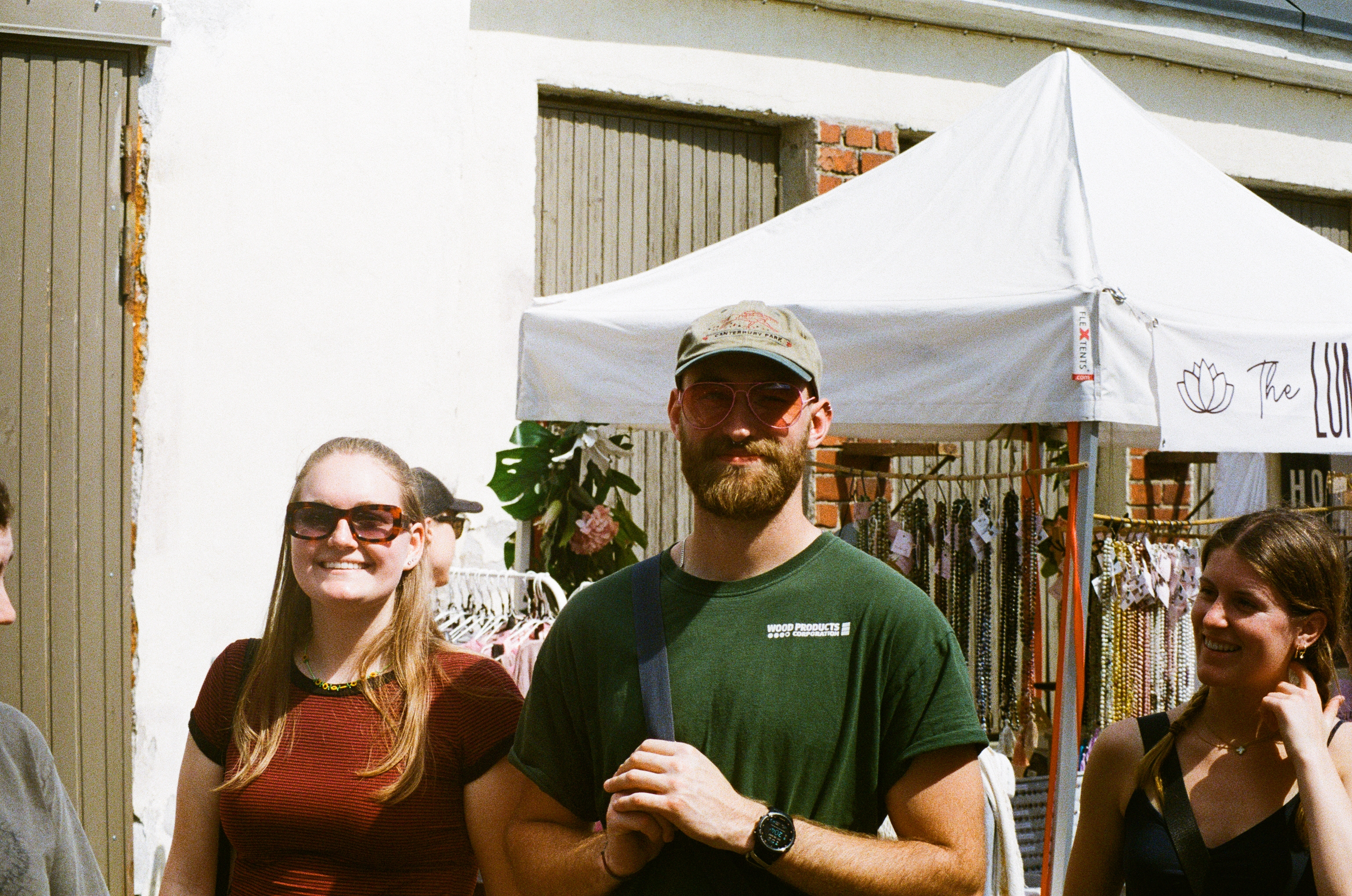
Economic and Social Benefits
Thrift stores provide affordable options for everyone, especially for those with limited budgets, offering good quality clothes and other items at low prices. Additionally, thrift stores create jobs and support local economies. Every store I visited had friendly staff who were eager to assist customers.
These stores also foster social interaction. I frequently saw groups of friends and families shopping together, making it a fun and social activity. The frequent sales, such as the half-off days at UFF stores, make thrift shopping even more appealing. For instance, Blake found a pair of Nikes during one of these sales, showcasing the great deals available.
Thrift stores contribute economically beyond affordability by keeping money within local communities. When you shop at a thrift store, your money supports local jobs and sustains local businesses, creating a positive economic ripple effect that enhances the overall health of the local economy.
Socially, thrift stores play a pivotal role in building community. They provide spaces where people can gather, share stories, and connect over shared interests. This was evident in the numerous conversations and interactions I observed during my visits. Thrift stores also promote a culture of giving and generosity by encouraging people to donate items they no longer need.
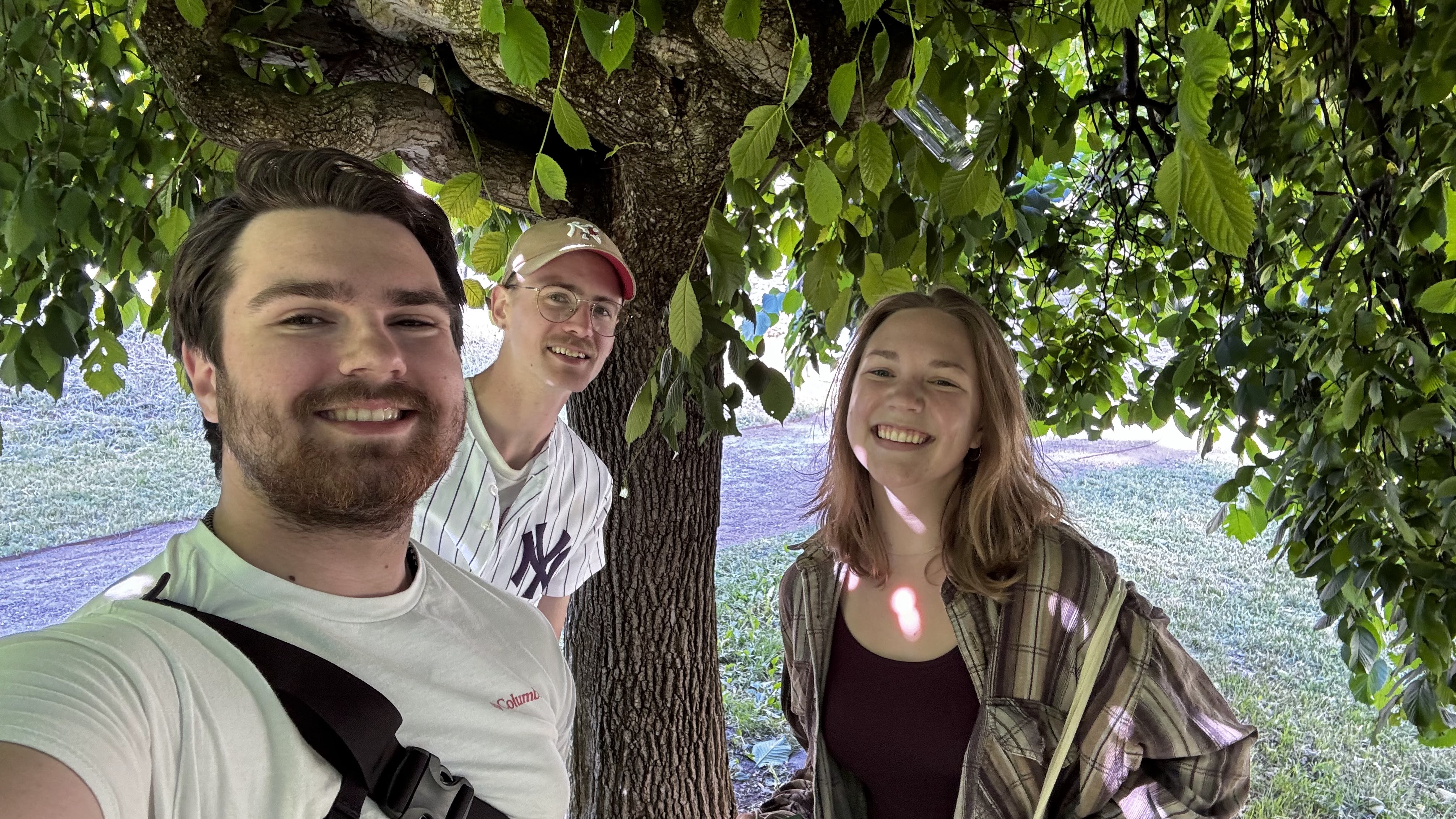
Highlighting Notable Stores
One store that stood out to me was Kyläsaaren kierrätyskeskus. This large recycling center had just about everything one could need. Walking around the top floor with furniture, I got a glimpse into what a Finnish apartment could look like if the owner bought reused items. The selection was impressive. I found a tie here for Dr. Kaldjian that I loved; it was a 1997 Finnish hockey team tie.
Each store I visited had its unique charm and offerings. In Helsinki, the variety and quality of items were particularly noteworthy. These stores not only provided a chance to find unique and affordable items but also offered an insight into the local culture and lifestyle. Seeing how people furnished their homes and dressed with second-hand items was fascinating and inspiring.
Another fascinating store that I found was the chain of stores called Relove, also known as Second Hand Cafe. This combines the charm of thrift stores with the cozy atmosphere of a cafe, making the shopping experience delightful. I even noticed one of these stores in the airport when we first landed, highlighting the importance of thrift stores to Finns. This establishment encourages sustainable living while also providing a relaxed atmosphere to enjoy a cup of coffee and a croissant.
Overall, my visits to these stores showed me the variety and quality that thrift stores can offer. Whether you are looking for clothes, furniture, or unique items, these stores have something for everyone. The experience of exploring different stores and finding hidden gems was incredibly rewarding.
Conclusion and Thrifting Tips
Thrift stores are vital in supporting a circular economy by reducing waste, conserving resources, and providing affordable options for everyone. My time in Finland and Estonia showed me how deeply integrated these stores are in the community and how they contribute to a sustainable lifestyle.
Visiting these stores and biking around the cities, I realized the importance of donating used clothes and items. It’s a simple act that has a significant impact on the environment and the community. Thrift stores like UFF make it easy to give back and support eco-friendly practices.
If you're new to thrifting, here are a few tips:
- Look out for sales days; you can find great deals on these occasions.
- Take your time to explore different sections; hidden gems can be found anywhere.
- Don’t hesitate to ask the staff for help or information about donation processes.
By shopping at thrift stores, you are not only saving money but also helping to create a more sustainable future. Happy thrifting!
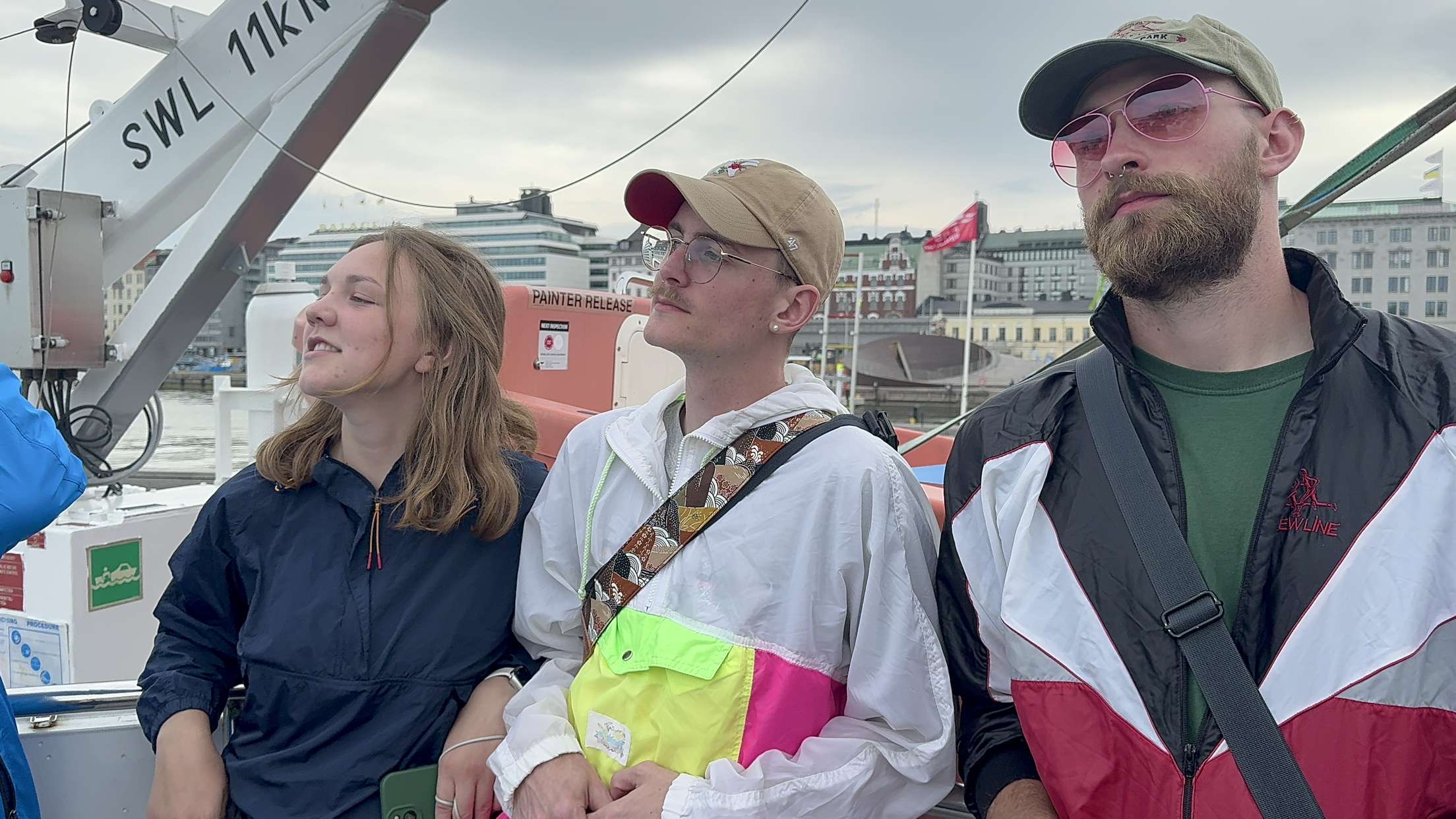
Sources and Acknowledgement
Conducted during Finland and Estonia immersion trip 2024 through UWEC
Thank you to Dr. Kaldjian and Dr. Faulkner for advising and leading the trip!
For more information on the concepts discussed in this article, please refer to the following sources:
- Ellen MacArthur Foundation. "Circular Economy Concept." https://www.ellenmacarthurfoundation.org/circular-economy/concept.
- European Commission. "Circular Economy." https://ec.europa.eu/environment/circular-economy/.
- UFF. "About Us." https://www.uff.fi/.
